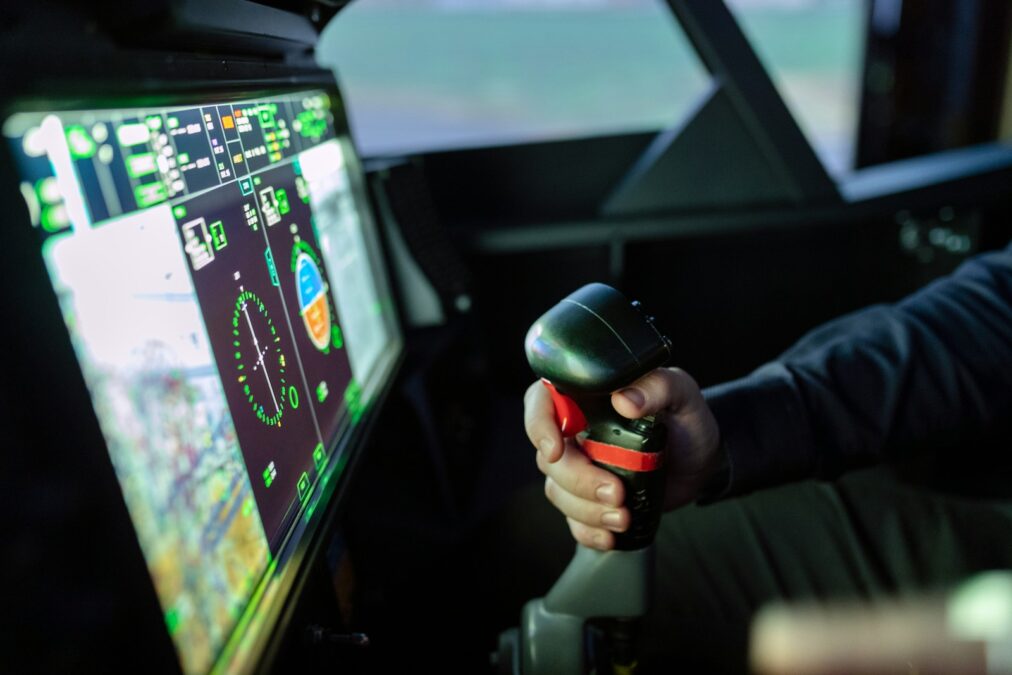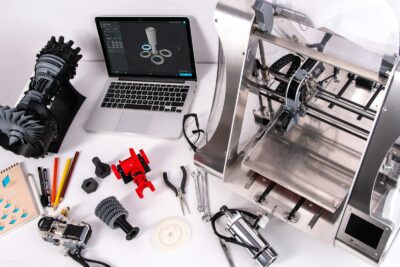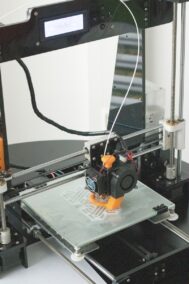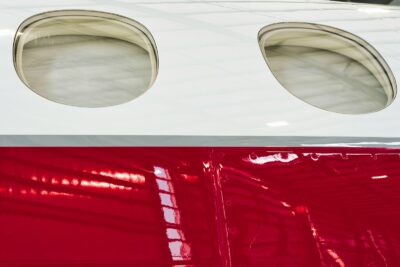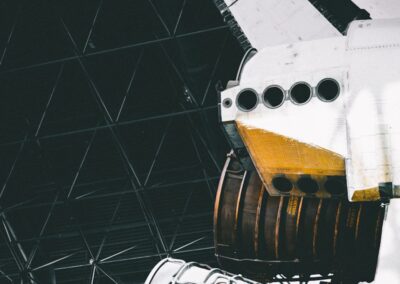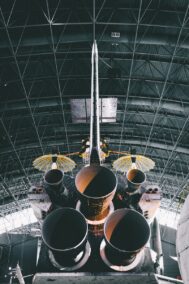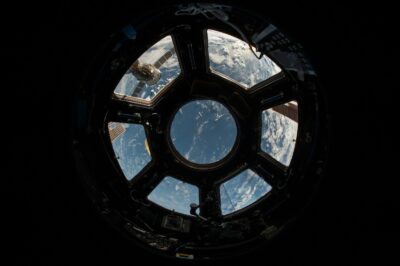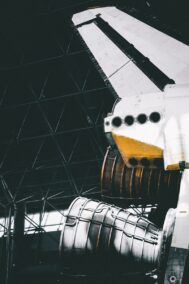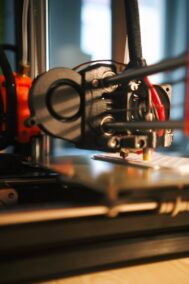The Future of Aerospace Engineering: Utilizing 3D Printing for Lightweight and Durable Parts
Artificial Intelligence, Blockchain, and The Metaverse are transforming industries worldwide, and aerospace engineering is no exception. In recent years, aerospace engineers have increasingly turned to 3D printing to manufacture lightweight yet durable parts for aircraft and spacecraft. This innovative technology offers numerous advantages over traditional manufacturing methods, including faster production times, cost-effectiveness, and the ability to create complex geometries that were previously impossible to achieve. As the aerospace industry continues to evolve, the integration of 3D printing is poised to revolutionize the way aircraft and spacecraft are designed and built.
The Advantages of 3D Printing in Aerospace Engineering
One of the primary advantages of 3D printing in aerospace engineering is its ability to produce lightweight parts without sacrificing strength or durability. By utilizing advanced materials such as carbon fiber composites and titanium alloys, engineers can create components that are both lightweight and incredibly strong, resulting in significant weight savings for aircraft and spacecraft. This not only improves fuel efficiency and performance but also reduces operational costs over the lifespan of the vehicle. Additionally, 3D printing allows for the creation of complex, optimized designs that minimize material waste and maximize structural integrity, further enhancing the overall efficiency and performance of aerospace systems.
Challenges and Opportunities in the Aerospace Industry
While 3D printing holds tremendous promise for the aerospace industry, it also presents challenges that must be addressed. One such challenge is the need for rigorous testing and certification processes to ensure the reliability and safety of 3D-printed components. Aerospace engineers must work closely with regulatory agencies to develop standards and protocols for the qualification of 3D-printed parts, ensuring they meet the stringent requirements of the aerospace industry. Additionally, the adoption of 3D printing requires investment in specialized equipment and expertise, which may pose barriers for smaller companies or organizations with limited resources. However, these challenges also present opportunities for innovation and collaboration within the aerospace community, driving advancements in materials science, design optimization, and manufacturing processes.
The Future of Aerospace Engineering
As 3D printing technology continues to advance, its impact on the aerospace industry will only grow. From reducing lead times and production costs to enabling on-demand manufacturing and customization, 3D printing offers a multitude of benefits that are reshaping the way aerospace engineers approach design and manufacturing. Looking ahead, we can expect to see further integration of 3D printing into aerospace engineering workflows, leading to more efficient and sustainable aircraft and spacecraft designs. By embracing this transformative technology, the aerospace industry is poised to reach new heights of innovation and excellence in the years to come.
Expanding Horizons
In addition to its applications in aerospace engineering, 3D printing is also revolutionizing industries such as healthcare, automotive manufacturing, and consumer goods. From prosthetics and medical implants to custom automotive parts and designer fashion, the versatility of 3D printing is limited only by our imagination. As the technology continues to evolve and become more accessible, we can expect to see even greater advancements and innovations that will shape the future of manufacturing and engineering.
#AerospaceEngineering #3DPrinting #Innovation #Technology #FutureTech #AerospaceIndustry #Manufacturing #Engineering #MaterialsScience #DesignOptimization

